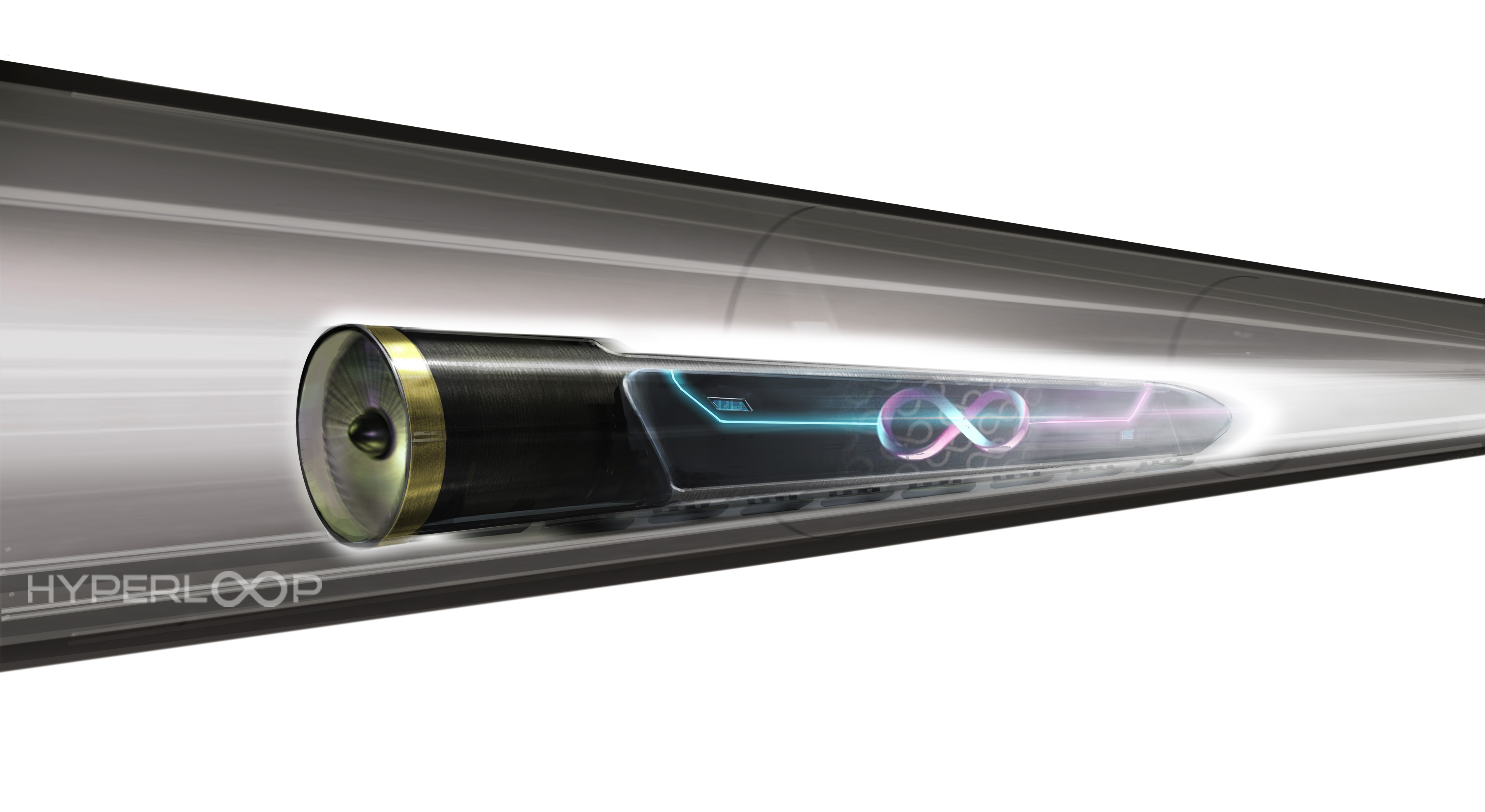
Although the Hyperloop might connect you to Dubai in less than 30 minutes, don’t expect to make such a quick dash to the UAE anytime soon. Initially designed by South African-American inventor Elon Musk, the Hyperloop can travel at speeds of up to 1,200km/hr, drastically cutting travel times between two destinations. However, Rizvi Kabir, lecturer in Information Systems at Sultan Qaboos University, says it may just be wishful thinking for now. “Compared to a normal road which is being checked once a year, the government will need to check this structure every month to see if it is fine because they have to hire specialists for this and they’ll need to spend more on this,” said Kabir. “You also need to think of building tunnels through mountains because at such high speeds, it is better for the Hyperloop to be at one level. “It’ll definitely help people to travel faster, and it’ll also help tourism because you can visit the entire GCC during your trip, but the Hyperloop needs a lot of infrastructure,” he said. “This runs on compressed air technology so the entire Hyperloop tube will need to be electrified. “The government has to think on how much they can spend, and to keep it running, they need to decide how much they can afford on maintenance. This construction will take a lot of money,” he added. “They have to be very accurate and precise in building this structure because there might be vibrations which could have very bad consequences in the future.” High Risk Estimates place the cost of the Hyperloop at about $52 million per mile. A six billion dollar plan on building a Hyperloop between Los Angeles and San Francisco in the USA was rejected because there have been no prototypes made, according to Dr Mohammed Khadem of SQU’s Industrial Engineering department. “There have been no tests done for this, as was done for the Bullet Trains in Japan and Germany,” he revealed. “Theoretically, this sounds good, but right now, unless you perform tests with a prototype, it is high-risk. There is no clear evidence that this will work. “The Hyperloop will also generate a lot of noise, so you have to consider the impact on the surroundings,” he added. “As a passenger, it’ll be as if you are inside a plane or your car so you will not feel the sound but, because it will run in areas of heavy traffic over relatively short distances, it is still a cause for concern. “In terms of cost, is it worth it? The prototype alone will cost a billion dollars. A feasibility study about this has to be done.” Cyber Security Given the cutting-edge technology the Hyperloop is sure to employ, there will be a significant amount of automation in the system. Dr Saqib Ali of SQU’s Information Systems Department however, says that the developers haven’t even begun considering the Hyperloop’s security features. “This technology will have pitfalls because it’s not yet mature. They’ve only begun testing things this May, but most of these technologies have been built on the concept of open-source,” he revealed. “A large number of engineers from different companies have collaborated together, but right now, their only concern is to get the project to work. “I don’t think they’ve even considered security yet and this is going to be a challenge for them,” added Dr Ali. “If anything is linked to the cyber world, there are a lot of problems, because the software could be hacked, and they could do anything to the train. They could slow down the train in the middle, or worse, increase its speed as it goes towards the station. “The whole project is in its infancy. Someone has to look at the technology and once the project is available, we can do an analysis towards security. Making a lot of technology work together in a secure manner is going to be a challenge.” – [email protected]